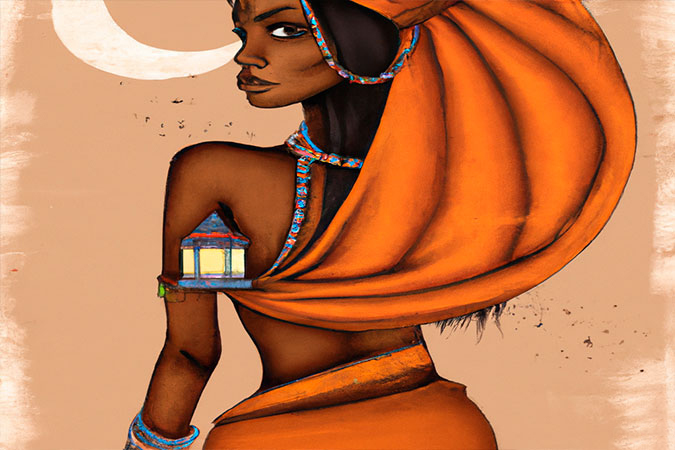The Ancient Roots of Cosmetology: A Glimpse into Beauty Practices Across Cultures
This in-depth article explores the history of cosmetology in ancient African, Egyptian, Chinese, Greek, and Roman cultures. It highlights how these civilizations used beauty practices to denote status, wealth, age, and rank. The piece discusses the cultural significance of hairstyles, the use of natural materials for skincare, and the evolution of cosmetic practices. The article concludes by underscoring the universal human desire for aesthetic enhancement and the ongoing influence of these ancient beauty practices on modern cosmetology.

Beauty Practices Across Cultures
Cosmetology, a field concerned with the enhancement of beauty and personal grooming, boasts a rich history that spans thousands of years and diverse cultures. From the elaborate hairstyles of ancient civilizations to the intricate beauty techniques developed over millennia, the practices of cosmetology have often served as a symbol of status, wealth, age, and rank. Many of the beauty practices we see today are deeply rooted in the traditions of African, Egyptian, Chinese, Greek, and Roman cultures. By delving into the history of cosmetology, we can gain a deeper understanding of the sociocultural factors that have shaped our modern beauty standards.
African Influence on Cosmetology
In African cultures, beauty practices were not merely about aesthetics; they were deeply rooted in societal norms, rituals, and traditions. Hairstyles, in particular, were significant indicators of a person’s social status, age, ethnicity, and even marital status. Braiding and beadwork were common, with each design carrying specific cultural symbolism. African societies also utilized natural materials like clay, oils, and plant extracts for skincare, practices that have influenced the natural skincare trend we see in today’s cosmetic industry.
Egyptian Beauty Practices
The ancient Egyptians are often recognized as pioneers in the field of cosmetology. They valued cleanliness and aesthetics, and their beauty practices were integral to their religious beliefs and social status. They used kohl for eye makeup, a precursor to the modern eyeliner, and henna for hair and nail coloring. Their skincare routines involved the use of oils and creams to protect the skin from the harsh desert climate, a practice that has evolved into the moisturizing and sun protection routines common today.
Cosmetology in Ancient China
In ancient China, beauty practices were closely tied to the social hierarchy. A pale complexion, for instance, was highly prized as it signified a life of leisure, away from sun-exposed manual labor. To achieve this, women used rice powder to whiten their skin, a practice echoed in today’s skin-lightening creams. Hairstyles were also significant, with different styles denoting various statuses and life stages. The ancient Chinese also valued natural beauty remedies, contributing to today’s trend of botanical ingredients in cosmetics.
Greek and Roman Contributions to Cosmetology
The ancient Greeks and Romans had a profound influence on cosmetology, with their beauty practices reflecting their beliefs and values. Both cultures used cosmetics for personal beautification, religious rituals, and social occasions. They made use of natural ingredients like honey for skincare and red ochre for lip and cheek coloring. The Roman public baths were a testament to their understanding of hygiene and the role of relaxation in beauty care. These baths were not just places for cleanliness but also for socializing and conducting business, foreshadowing the modern-day concept of wellness spas.
Conclusion
The history of cosmetology is a fascinating journey through time and across cultures. From the braided hairstyles of African societies to the use of kohl in ancient Egypt, from the skin-whitening techniques of ancient China to the public baths of Rome, each culture has contributed to the beauty practices we see today.
Understanding the historical roots of cosmetology allows us to appreciate the depth and richness of the field. It provides context to the ever-changing beauty trends and underscores the universal human desire for aesthetic enhancement. As we look to the future of cosmetology, we carry with us the wisdom of these ancient cultures, continually innovating while remaining deeply rooted in history.






